There have been four baronetcies created for persons with the surname Leslie, one in the Baronetage of Nova Scotia, one in the Baronetage of Ireland, one in the Baronetage of Great Britain and one in the Baronetage of the United Kingdom. Three of the creations are extant as of 2010.
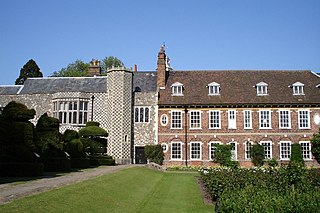
There have been two Baronetcies created for persons with the surname Austen, one in the Baronetage of England and one in the Baronetage of Great Britain. Both creations are extinct.
There have been two baronetcies created for persons with the surname Acton, both in the Baronetage of England. One creation is extant.
Sir William Lowther, 1st Baronet was an English landowner from Swillington, West Yorkshire, and a baronet in the Baronetage of Great Britain.
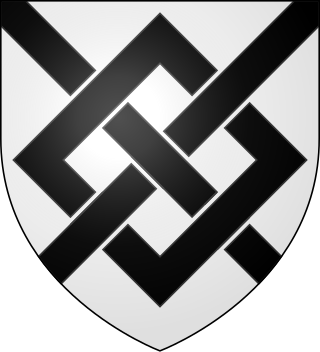
There have been three baronetcies created for members of the Vernon family.
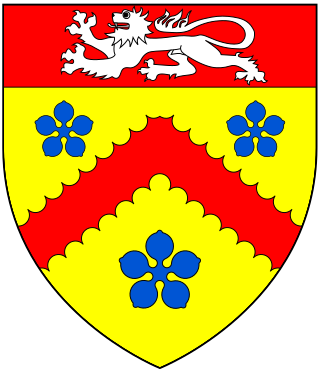
There have been three baronetcies created for persons with the surname Cooke, two in the Baronetage of England and one in the Baronetage of Ireland. One creation is extant as of 2013.
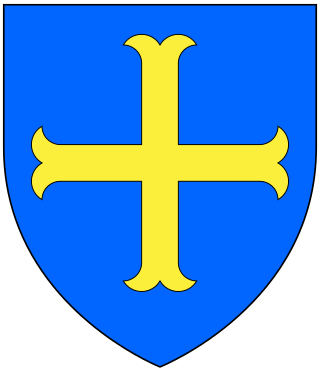
There have been three baronetcies created for descendants of the ancient Norman family of Molyneux who were granted extensive estates in Lancashire after the Norman Conquest.

There have been five baronetcies created for members of the old established family of Peyton of Peyton Hall in the parish of Boxford in Suffolk, all of whom were descended from Sir Robert Peyton of Isleham in Cambridgeshire, grandson and heir of Thomas Peyton (1418–1484) of Isleham, twice Sheriff of Cambridgeshire and Huntingdonshire, in 1443 and 1453. All the baronetcies are extinct.
There have been two baronetcies created in the Baronetage of England for members of the Colepeper family of Kent and Sussex. Both are extinct.

There have been four baronetcies created for persons with the surname Cope.

The Elwes Baronetcy of Stoke-by-Clare in the County of Suffolk, was a title in the Baronetage of England held by the Elwys family, whose name through the years has alternately been spelled Helwish, Helewise, Helwys, Elwaiss and Elwaies.
There have been three baronetcies created for persons with the surname Humble, two in the Baronetage of England and one in the Baronetage of the United Kingdom. All are extinct.
The Brabazon Baronetcy, of Newpark in the County of Mayo, was a title in the Baronetage of Ireland. It was created on 16 December 1797 for Anthony Brabazon. He was the eldest son and heir of George Brabazon, of New Park in County Mayo, fourth in descent from Sir Anthony Brabazon of Ballinasloe Castle, younger brother of Edward Brabazon, 1st Baron Ardee, ancestor of the Earls of Meath. His son, the second Baronet, represented County Mayo in Parliament. The title became extinct on his death in 1840. Brabazon Park was eventually inherited by Hugh Brabazon Higgins, only son of Luke Higgins of Castlebar by his second wife Catherine, sister of Sir Anthony Brabazon. He was a Captain in the 15th Hussars, and adopted the surname of Brabazon by royal licence of 15 September 1852. He died in 1864, leaving issue.
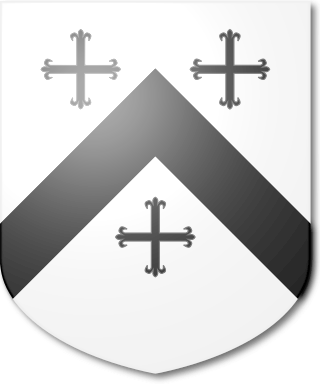
The Anderson Baronetcy, of St Ives in the County of Huntingdon, was created in the Baronetage of England on 3 January 1629 for John Anderson. The title became extinct on his death in 1630.

The Anderson Baronetcy, of Penley in the County of Hertford, was created in the Baronetage of England on 3 July 1643 for Henry Anderson. The title became extinct on the death of the second Baronet in 1699.
The Maxwell baronetcy of Orchardtoun, Kirkcudbrightshire was created by Charles II of England and Scotland in the Baronetage of Nova Scotia for Robert Maxwell, son of the Royalist defender of Ballycastle, County Londonderry during the Second English Civil War.
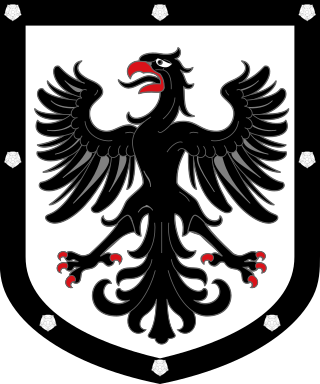
The Ramsay baronetcy, of Whitehill in the County of Edinburgh, was created in the Baronetage of Nova Scotia on 2 June 1665 for John Ramsay. The title became extinct on the death of the fifth Baronet in 1744.
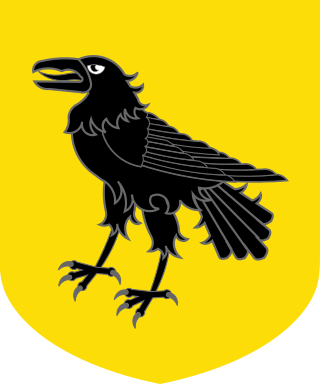
The Corbet baronetcy, of Moreton Corbet in the County of Shropshire, was created in the Baronetage of England on 29 January 1642 for the Royalist Vincent Corbet. Both he and the second Baronet sat as Members of Parliament for Shropshire.
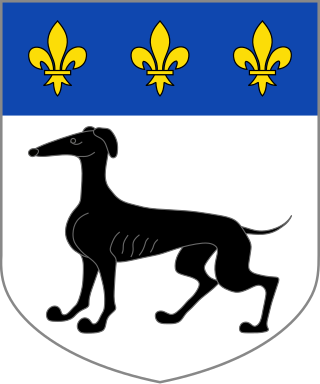
The Halford baronetcy of Welham, Leicestershire was created on 27 June 1706 in the Baronetage of England, for William Halford. He was the son of Sir William Holford and his wife Elizabeth Pretyman, daughter of Sir John Pretyman, 1st Baronet, knighted in 1683; he married firstly by 1692 in Frances Cecil, daughter of James Cecil, 3rd Earl of Salisbury.
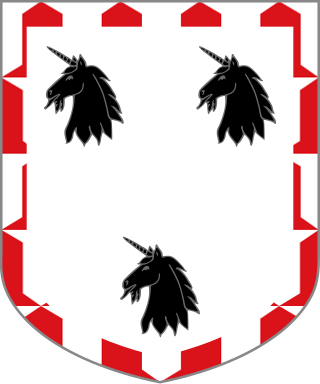
The Preston baronetcy, of Airdrie in the County of Fife, was created in the Baronetage of Nova Scotia on 22 February 1628 for John Preston. He was the son of John Preston, Lord Fentonbarns and his first wife Elizabeth Fawside.












